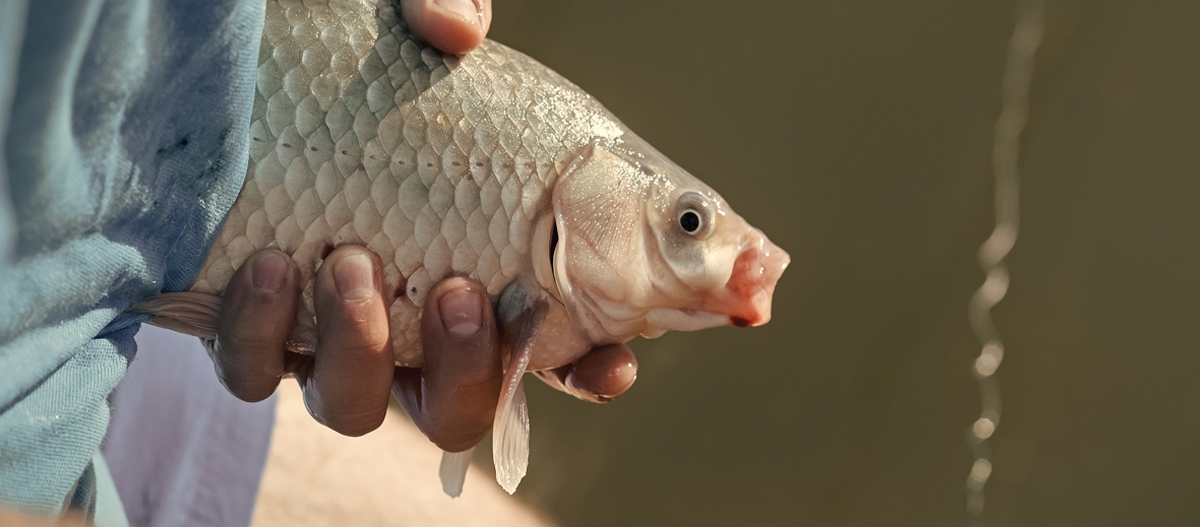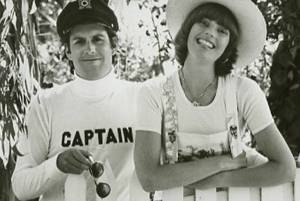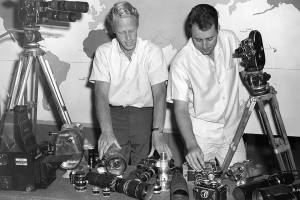By HOLLY ENDERSBY
“Carp are pretty amazing fish,” said Chris Hunt, social media director for Trout Unlimited and world-wide fly fisherman. “They can regulate their bodies to survive in low-oxygen environments. If it gets too hot or too cold, they change their metabolism to meet the challenge.”
Hunt recalled landing his first carp as a kid, taking it home in a bucket and dumping it in a wash tub in the backyard.
“That night the temperature dropped, and the top of the wash tub froze. I was devastated,” he said. “Then, as the water warmed up, the fish came back to life. I thought that was the coolest thing ever!”
A carp is often the first fish an urban youth will land.
“They sink a dough ball on the bottom of the local pond, and pretty soon a carp will come along and Hoover it up,” said Hunt.
He mulled over what kind of fly a carp might like.
“Something that looks like bread, say a piece of foam that is light like bread with a brown rim-like crust, could work well,” he said. “A damsel fly could work or maybe a wooly bugger or a leech pattern with a marabou tail added. And I’d use a size 10 or 12 nymph hook for sure.”
But, Hunt added, the most important thing to know is what the carp are eating in that water at that time.
“One time I spent four hours casting to carp with no success until I finally got one, pumped its stomach and saw it was eating crayfish! Then I put on a brown wooly bugger and weighted it to lie on the bottom. When carp got close, I’d twitch it gently, and then they just gobbled it up.”
I told Hunt when I fished for carp in Bownlee Reservoir, part of the Snake River system, every time I cast my fly, and it touched water, schools of carp would take off like birds in flight. It was pretty frustrating, but Hunt had an explanation.
“When a carp is alarmed, it releases a pheromone in its wake that the rest of the fish in the area detect.” And with that notice, they are out of there!
Schooling carp are almost always males, cruising the still water for food. These guys typically run between 10 to 15 pounds with a few reaching 20. Females are a lot bigger, hitting anywhere between 20 to 50 pounds. They’re also more solitary and tend to stay deeper and feed more at night.
Spawning for carp is unusual, too. Females don’t lay eggs. They broadcast them through the water and are followed by males releasing milt.
“Carp eggs suspend in the water column,” said Hunt. “And if you’re wade-fishing and get into them, they stick to you like gelatinous goo balls. You can’t brush them off.
If you’ve sight-fished for redfish, then you know a little bit about how to fish for carp. Like redfish, they spook easily, so moving slowly in the water and casting 20 to 30 feet in front of the fish is the way to go.
“When they get close, you can move the fly very, very slowly to attract it,” Hunt explained. “Remember, no fish likes getting attacked by its food.”
Idaho Fish and Game has no regulations concerning carp fishing, which means no season limit, slot limit, or limit to the number of carp you can keep. The “recognized” time for carp fishing to begin is sometime within a three-week span around Mother’s Day, but it is weather-dependent.
“It’s kind of a blessing, really,” said Hunt. “You can’t fish for trout in April and May because the water they live in is too high. So, with carp fishing then, you almost always have the water to yourself.”
That said, I’ve also fished for carp in October when water is lower in many of the reservoirs, allowing for easy wade-fishing.
Idaho is rich with places to fish for carp. Any of the flats along the Snake River, where water is slack, offers good habitat for carp. The Snake River near both Idaho Falls and American Falls produces nice carp, as does the Gifford Springs area and the Blackfoot Reservoir later in May. The Snake near Glenns Ferry is known for carp as is the popular C.J. Strike Reservoir in the Bruneau Dunes area.
In addition, the Oneida Reservoir on the Bear River has good carp fishing. The Owyhee River has plenty of carp as well as some really big trout. May is a good time for fishing for both, as the Owyhee is snow fed only, and its water drops abruptly in late spring.
“Carp are throughout the entire Snake River system,” said Hunt. “And they’re in the Columbia River from its juncture with the Snake up to the Tri-Cities area.”
Lots of how-to-catch carp videos are available on YouTube, which can be instructive and fun to watch. A lot of the videos are geared toward catching carp on lures and using corn and dough balls as bait.
Many carp anglers in these videos use rod holders with strike indicators, so they can fish several rods at one time. This just underscores the fact that there is no “right way” to fish for carp.
As to eating carp, some folks swear it is delicious if prepared carefully after fully deboning and skinning the fish and removing all parts of the really pronounced blood line.
As long as backflow areas where water sneaks in are ice free, you can find carp. That means from March through October, or sometimes even as late as November, you can try your luck with these challenging fish.
Carp spawn between April and June, and, while males may not be super interested in eating then, the fish are usually plentiful and often in large schools.
“Fishing for carp requires some algebra,” said Hunt. “You have to factor in wind, water clarity, temperature of the water, and find for x-the food carp are eating. These are incredibly smart fish and a challenge for any angler. “ ISI










